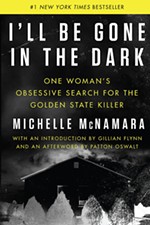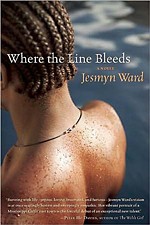A Jury of Her Peers: American Women Writers from Anne Bradstreet to Annie Proulx
This impressive new history makes the case for more space and permanence for women in halls previously ruled by Melville, Twain, and Hemingway
Reviewed by Elizabeth Jackson, Fri., Feb. 20, 2009

A Jury of Her Peers: American Women Writers from Anne Bradstreet to Annie Proulx
by Elaine ShowalterKnopf, 608 pp., $30
It's pretty amazing, the things people used to feel free to say about women who write. According to Nathaniel Hawthorne, "ink-stained women are, without a single exception, detestable." In the Thirties, Nathanael West wrote that all women writers need is a good rape. Harken back to puritan views that, according to God's will, women should not spend time reading, let alone writing, and you see how a woman in print provoked moral outrage from the start.
With A Jury of Her Peers: American Women Writers From Anne Bradstreet to Annie Proulx, feminist critic Elaine Showalter tackles the first ever comprehensive history of American women writers. Exploring forgotten writers and larger issues for women in literature, Showalter aims to foster further debate and discussion. Throughout American history, for their efforts women writers faced fierce attacks – or just plain indifference – from the literary establishment along with larger society. Showalter points out that critics' antagonism toward female writers has spiked during the periods that their books' popularity rose, such as in the 1850s and 1920s. Bestsellers by women presented scary prospects – of fomenting social and political pressure or encroaching on the masculine realm of literary prestige. But more cogently, women's market power threatened the direction of cash into male writers' pockets. The book also casts an interesting light on attitudes toward chick lit and on Jonathan Franzen dissing Oprah's endorsement in 2001.
Showalter gives a steady smackdown to trend-driven critics who've fueled drastic changes in writers' reputations, as precipitous as hemlines or as lemminglike as a stock-market panic. Take the 19th century author Sarah Orne Jewett (The Country of the Pointed Firs): In one decade critics treat her as forgettably mediocre, in another as a pioneer of narrative structure, then most recently a perpetrator of imperialism.
In this way, inherited views on women writers appear more subjective, defined by an exclusively male "jury." As women participate more forcefully in literary criticism, the publishing industry, and the U.S. economy for that matter, all Americans' appreciation of the stuff of women's lives evolves, finally establishing more space and permanence in halls previously ruled by Melville, Twain, and Hemingway for Harriet Beecher Stowe, Willa Cather, Flannery O'Connor, Gwendolyn Brooks. My personal assignment is to renew my library card and get me to a 20th century women-writers nunnery. Grace Paley, here I come.










